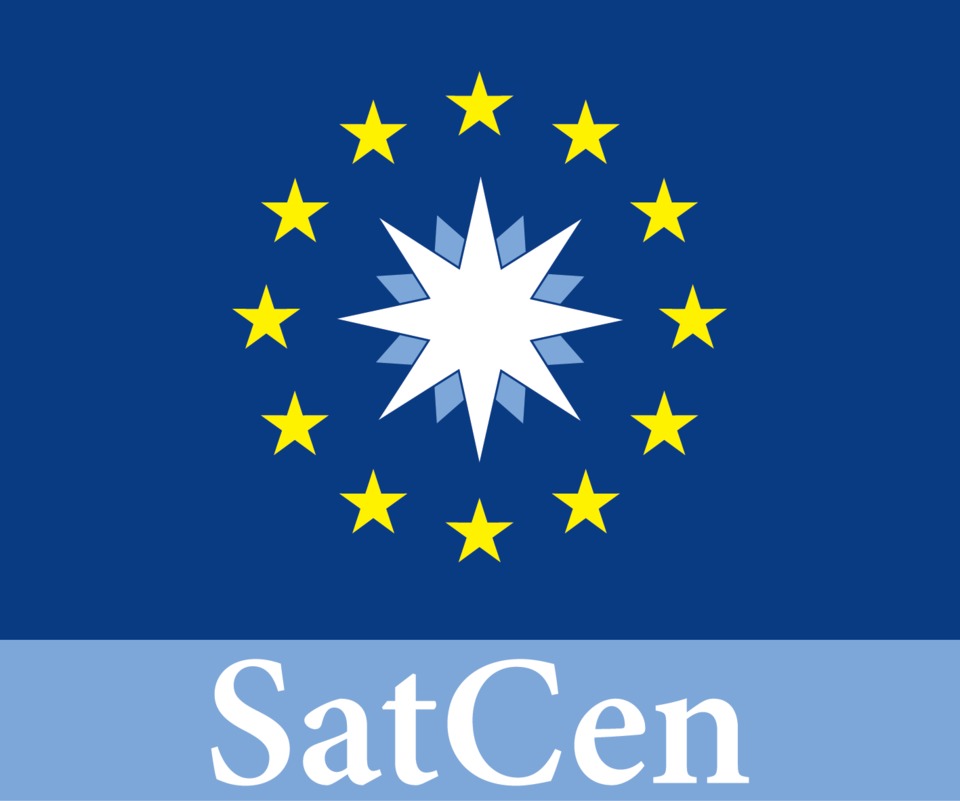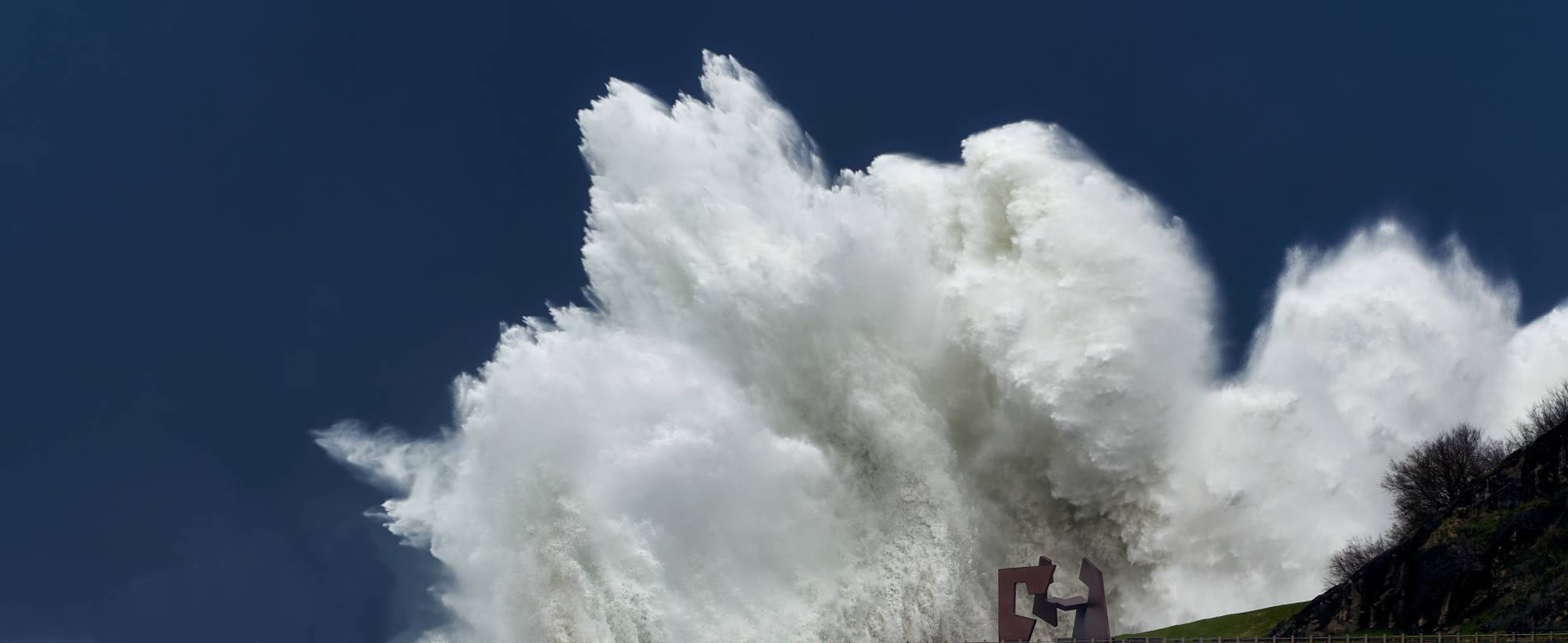This pilot aims at assessing the flood risk in selected areas, its impact on urban areas and the associated risk for population. It uses Sentinel-1 and Sentinel-2 change detection data and relevant processing chains to generate time-series of imagery and automatically detect changes on flood events dates, in the following areas: 1) Char-Piya region, an island used also as validation area (Bangladesh), 2) the eastern part of Australia between Queensland and New South Wales, an area relevant for Climate security issues and for its correlation with flood events caused by both hydro-meteorological factors and sea level anomalies (as for case 1), 3) the west Darfur, as additional example of inland area.
The main output will be exposed through the FRIEND platform public GUI based on MEEO data cube technology, to provide citizens and non-expert users with a Flood Risk & Impact Assessment dashboard based on maps and time-series charts.
The FRIEND platform also addresses expert users through the Jupyter Notebook web-based interactive development environment, thus allowing to configure and run customized pipelines and workflow.

FRIEND Platform
(Public)

FRIEND Jupyter Notebook
(Expert)
Most of the data are ingested and provided in near-real-time mode, thus covering the last recent days.

The Flood Impact Assessment products, based on Sentinel-1 and Sentinel-2, are produced in the frame of SatCen RTDI activities, in particular they are processed by the GEO-DAMP pipelines.

The inland GloFAS products are provided by the Copernicus Emergency Management Service – Global Flood Awareness System (GloFAS). GloFAS Terms & conditions



